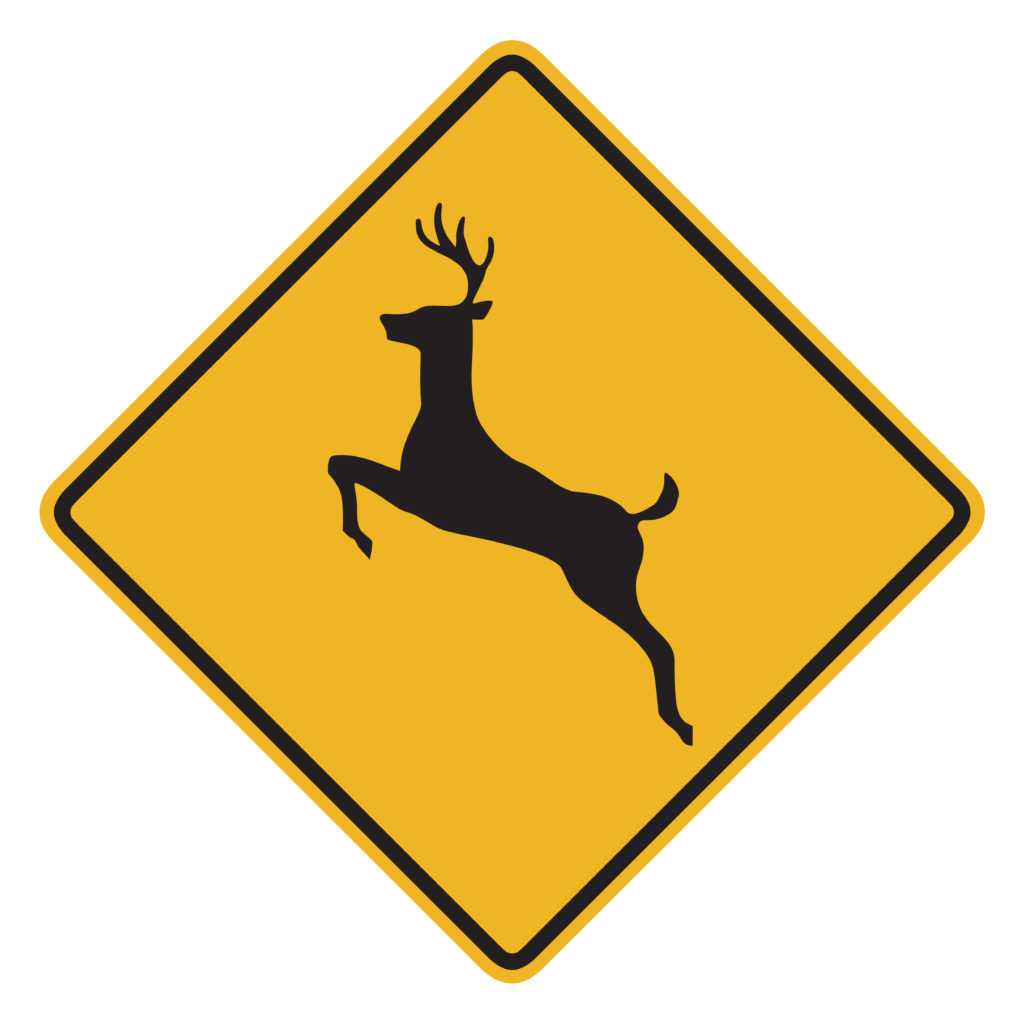
If you do see one crossing or standing beside the road, slow down-deer can be highly unpredictable, and because they often travel in herds, there are likely others nearby. Heed speed-limit and deer-crossing signs, and stay especially alert for deer at dawn and dusk, when they’re most active. Reduce your chances of colliding with deer by following these AAA tips-and learn what to do if a crash is unavoidable. Combine deer mating season with a decrease in daylight hours and it could be disaster if you are not paying attention. The last three months of the year is deer mating season which makes it much more likely that you could cross paths with one while driving. The result is about $1 billion in vehicle damage and causes almost 200 deaths per year. More than 1.5 million deer-vehicle collisions occur each year in the United States, the Insurance Institute for Highway Safety estimates. However, according to AAA, it can also be dangerous and put you at a greater risk for a serious crash. Make sure you have comprehensive coverage included in your auto insurance in the event of an animal accident.Swerving to miss deer in the road is often a natural reaction. Contact GEICO as quickly as possible to report any damage to your vehicle.When contacting the authorities, let them know if the deer is in a dangerous spot on the road so that it can be removed. If it is still alive, it could be confused, injured and dangerous if approached. Call emergency services if injuries are involved or the local police for property damage.Turn on your hazard lights and remain in the vehicle until you are sure it is safe.Pull to the side of the road as soon as it is safe to do so.If the above plan fails (and it happens to the best drivers), you should take the following steps in the deer collision aftermath. Do not rely on hood whistles or other devices designed to scare off deer-studies have shown them to be largely ineffective at minimizing accidents.

Some experts recommend that one long blast of the horn will scare deer out of the road. Not to mention, deer are unpredictable, and you could swerve directly into their changed path. Swerving could make you lose control of your vehicle and turn a bad situation much worse. If you see a deer, brake firmly and calmly, and stay in your lane. This gives deer plenty of space and in case your vehicle does startle them, it gives you more time to react if one darts onto the road. On a multi-lane road, the center lane is your safest bet for avoiding a deer collision, as long as your local traffic laws permit it. You may also spot a deer because their eyes will brightly reflect a car’s headlights, making them easier to spot. The yellow diamonds with the deer on it are placed in high-traffic areas for deer. Use your headlights.įirst, look for the road signs. Slow down and stay alert, especially after dark. To add to their terrible timing, deer are on the move during mating season (between October and January) when you’re more likely to travel after the sun sets. Timing is everything.ĭeer are most active at dusk and dawn: periods when your vision is most compromised. Slow down and keep an eye out for more deer darting across the road. If a deer crosses in front of you, chances are there are more nearby. Watch for the rest of the gang.ĭeer are pack animals, and rarely travel alone.

Being prepared can help prevent you from adding to these statistics. According to the Insurance Information Institute, 1.6 million deer-vehicle collisions occur each year, resulting in 200 fatalities, tens of thousands of injuries and over $3.6 billion in vehicle damage. Keeping calm and driving smart improve your chances of avoiding a collision and staying safe on the road.ĭeer mating season can be a dangerous time for drivers, deer and car hoods. Knowing what to do when you encounter a large animal on or near the roadway can be a life-saver.


 0 kommentar(er)
0 kommentar(er)
